
Workers install a wind power turbine in Zhangye, Gansu province. (PHOTO by YANG YONGWEI/FOR CHINA DAILY)
China will further accelerate the construction of solar and wind power generation facilities in the Gobi Desert and other arid regions, as growth of renewable energies in the country has been gaining momentum in recent years, the National Energy Administration said.
Despite rapid expansion, the country's large-scale development of renewable energy still faces some challenges, including limited consumption capacity and the lack of a power transmission grid in some regions, the administration said during a national renewable energy development and construction situation analysis meeting held this month.
As the country is now in the new phase of rapid renewable energy development, it is necessary that the government create a good environment for the development of the industry, it said.
China's newly installed combined wind and solar power capacity reached a record 125 million kilowatts last year, taking total installed capacity to over 1.2 billion kW. Wind accounted for 37.63 million kW and solar took up 87.41 million kW.
According to the NEA, newly installed capacity of renewable energy, including solar and wind, reached 152 million kW last year, or 76.2 percent of the country's total newly added installed energy capacity.
The administration vowed to further step up monitoring work to expand its wind and solar power capacity and further facilitate the country's low-carbon energy transition and ensure domestic energy security.
An analyst said while renewable energy has been gaining momentum and ensuring domestic energy security in recent years, sources such as solar and wind have not yet fully taken off as a replacement for fossil fuels due to infrastructure and logistical challenges, among others.
Tasks like building new power transmission lines to connect remote renewable energy sources with population centers, and building energy storage facilities, take time. That in itself is a challenge, said Lin Boqiang, head of the China Institute for Studies in Energy Policy at Xiamen University.
However, China has been advancing construction of power grid and energy storage facilities in recent years, while the cost of renewable energies has also been declining thanks to technological advances, he said.
According to the NEA, renewable energy accounted for 47.3 percent of the country's total power generation capacity by the end of 2022, up 2.5 percentage points compared with a year prior.
Several landmark energy projects were completed last year, including the world's largest clean energy corridor, and the most efficient compressed air energy storage station, it said.









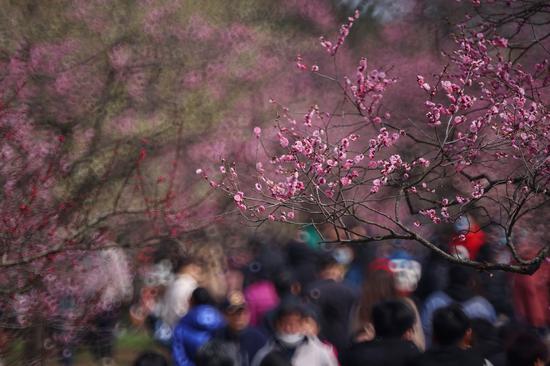











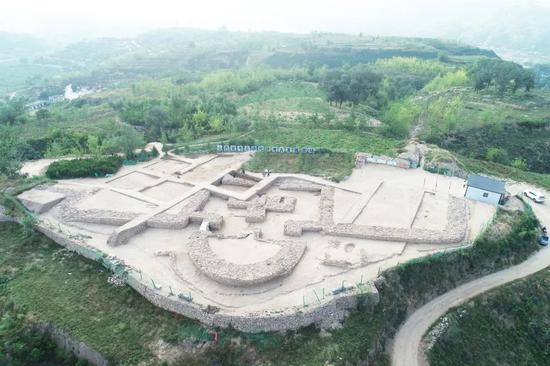




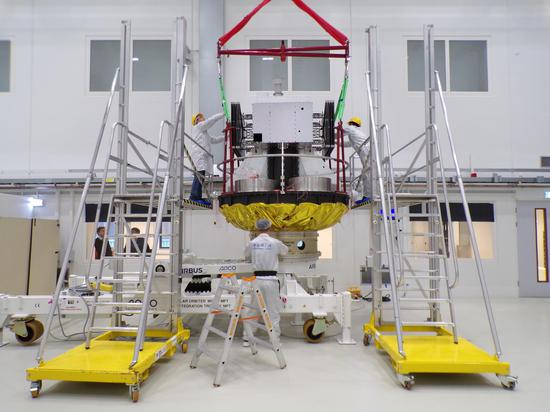
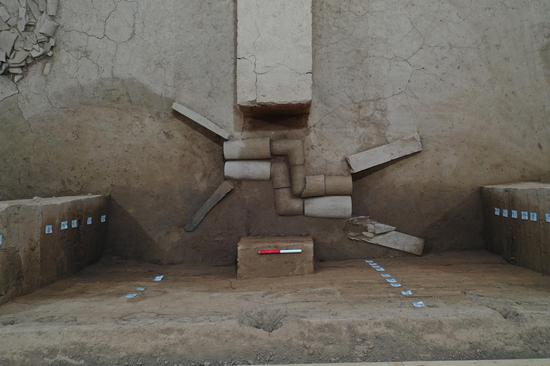








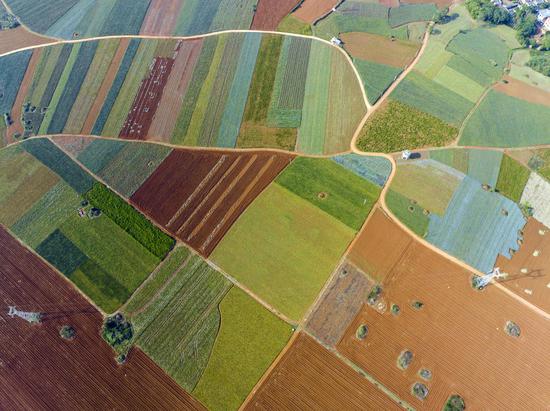



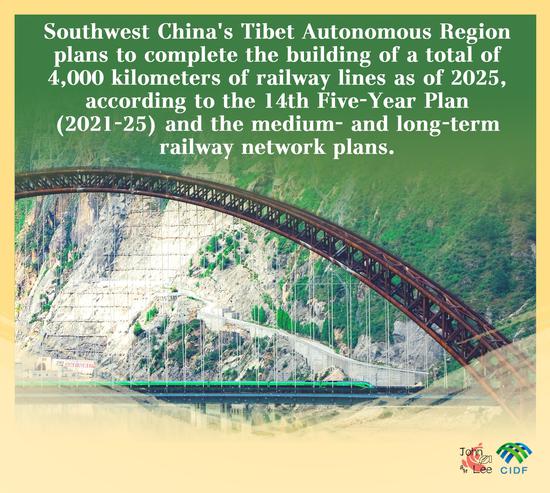



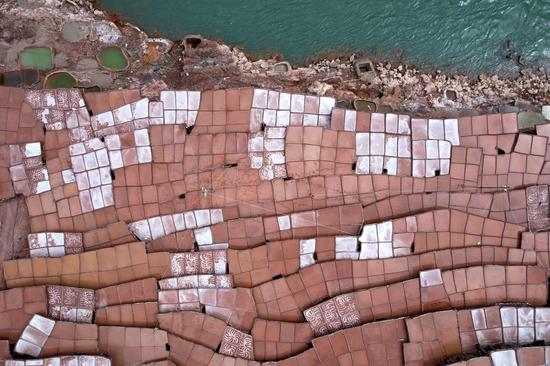



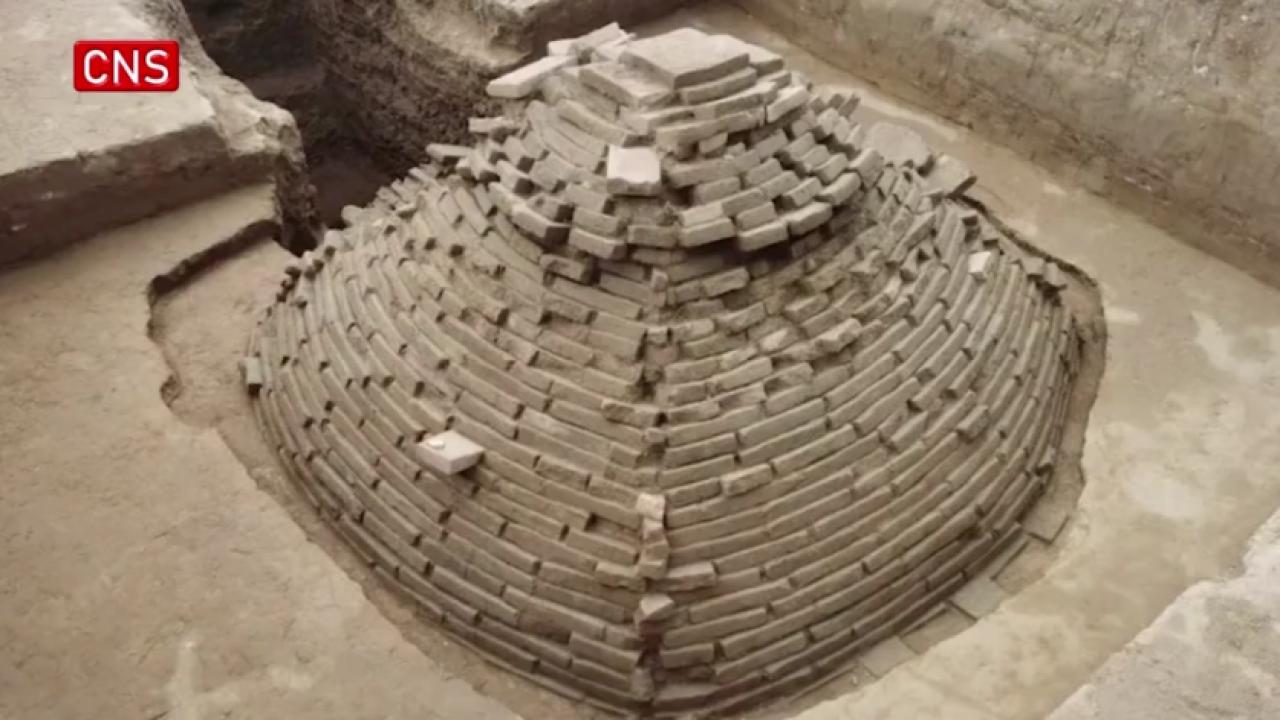

 京公网安备 11010202009201号
京公网安备 11010202009201号